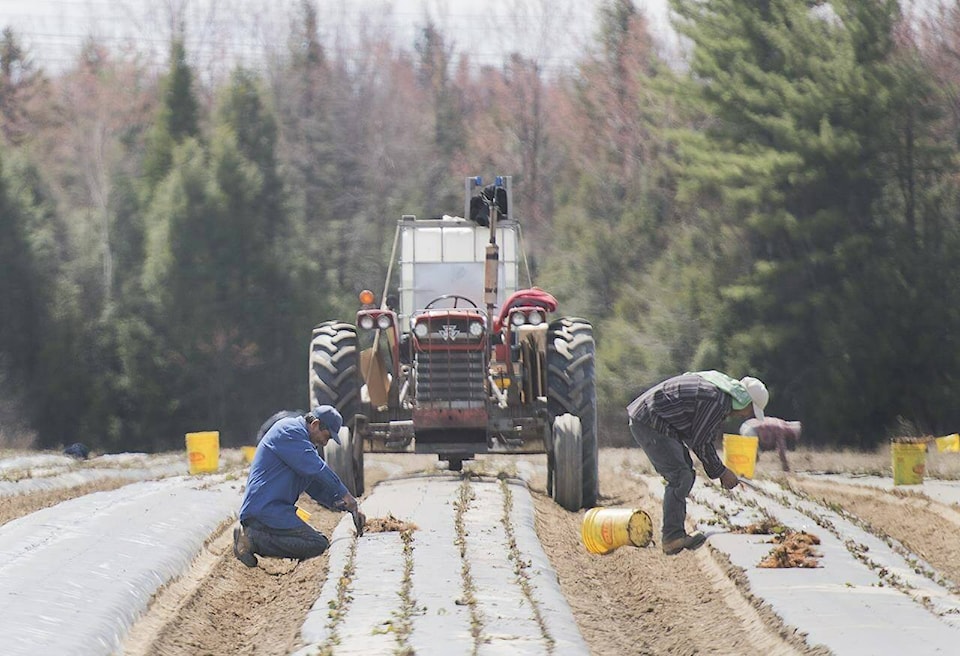Prime Minister Justin Trudeau is urging businesses to hire Canadian workers as his government announces new restrictions to limit low-wage temporary foreign workers.
The Liberal government, which has been criticized for the recent influx of temporary foreign workers, is bringing back pre-pandemic rules that made it more difficult for businesses to hire low-wage workers from abroad.
Speaking to reporters at the Liberal cabinet retreat in Halifax, Trudeau said his government loosened the rules to help businesses facing labour shortages recover from the pandemic.
But the economic situation is different now, he said, and Canada “no longer needs as many temporary foreign workers.”
“We need Canadian businesses to invest in training and technology and not increasing their reliance on low-cost foreign labour,” Trudeau said.
“It’s not fair to Canadians struggling to find a good job, and it’s not fair to those temporary foreign workers, some of whom are being mistreated and exploited.”
Effective Sept. 26, the government will refuse applications for low-wage temporary foreign workers in regions with an unemployment rate of six per cent or higher.
Employers will be allowed to hire a maximum of 10 per cent of their workforce from the temporary foreign worker program, down from 20 per cent.
Workers hired through the low-wage stream will be able to work a maximum of one year, down from two years.
There will be some exceptions to the rules for specific sectors, such as health care and construction.
“To those who would complain about worker shortages, here’s my message: there is no better time to hire and invest in Canadian workers,” Trudeau said.
When the federal government eased restrictions for the temporary foreign worker program in 2022, Canada had about one million job vacancies across the country and the unemployment rate dipped to a record-low of 4.9 per cent.
However, job vacancies have decreased significantly since then and the unemployment rate is climbing as high interest rates restrict economic growth.
In July, the unemployment rate was 6.4 per cent.
Economists have criticized the the federal government for maintaining the relaxed rules, arguing that they discourage businesses from investing in innovation and suppress workers’ wages.
While the Liberal government has defended its decision to loosen the rules, it is now acknowledging that it’s time to tighten them again.
According to public data from Immigration, Refugees and Citizenship Canada, 183,820 temporary foreign worker permits became effective in 2023. That was up from 98,025 in 2019 — an 88 per cent increase.
READ ALSO: Extreme heat plagues B.C. migrant farm workers, UBC study shows



